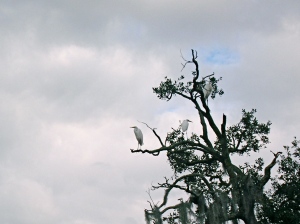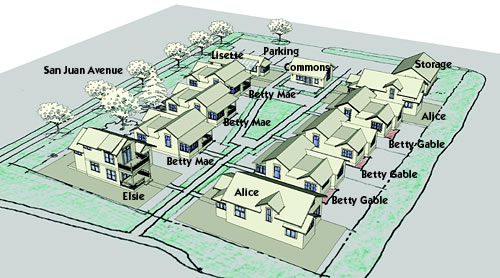We came close to losing it all with Katrina. How much longer do we have? Life is precarious here, with all kinds of threats, such as hurricanes, rising sea levels, Nagin, crime, rampant and uncontrolled demolitions, city government and so on.
But life has always been precarious here–we’ve faced more or less the same kinds of threats, and others, since the city was founded way back in 1718. Yet we’ve managed to last 290 years, making New Orleans one of the oldest large cities in the United States.
Assuming that we are now, in 2008, at a random point in the city’s history, neither close to the beginning of it nor near the end of it, we can use an application of the Copernican Principal to predict how long the city will endure, with a 95% chance of being correct. This method has been described by the astronomer J. Richard Gott, III, in a series of papers and in an interview in The New Yorker.
To cut to the chase, the Copernican method begins with the notion that there is a 95% chance that New Orleans is now somewhere within 95% of its total lifetime. The “extra 5%” lies partly at the beginning and partly at the end of the city’s life. We have either just finished the first 2.5% of the history of New Orleans or the first 97.5% (allocating the 5% equally to the beginning and the end.)
Doing the math, we can say with 95% certainty that New Orleans will last at least another 7.4 years. We’ll survive Nagin, plus another mayor’s term and the beginning the the one after that.
At the other extreme, if we are at the very beginning, the prediction is that NOLA will endure for, sit down, 11,310 more years. NOLA Forever! Hooray! We will have been rebuilt several times on top of a mountain of Mardi gras beads. (Hey-maybe that’s the solution to flooding?!)
Far-fetched, of course. But that’s statistics–there is a 95% certainty that New Orleans will last for between 7.4 and 11,310 years. Doesn’t really say much, does it?
If we lower the level of certainty the predicted life-span narrows. For example, there is a 50% certainty that the city will last another 96 to 870 years. There is a 25% certainty it will last for between 174 and 483 more years.
So I can now say that I’m almost 100% sure we’ll be around for another seven or eight years and 50% sure the city (not me) will be around for almost 100 more years. Not sure how this makes me feel.

 Closer to the image, the careful placement of thousands of rice plants in the paddy fields can be seen.
Closer to the image, the careful placement of thousands of rice plants in the paddy fields can be seen.


 Egrets.
Egrets.



